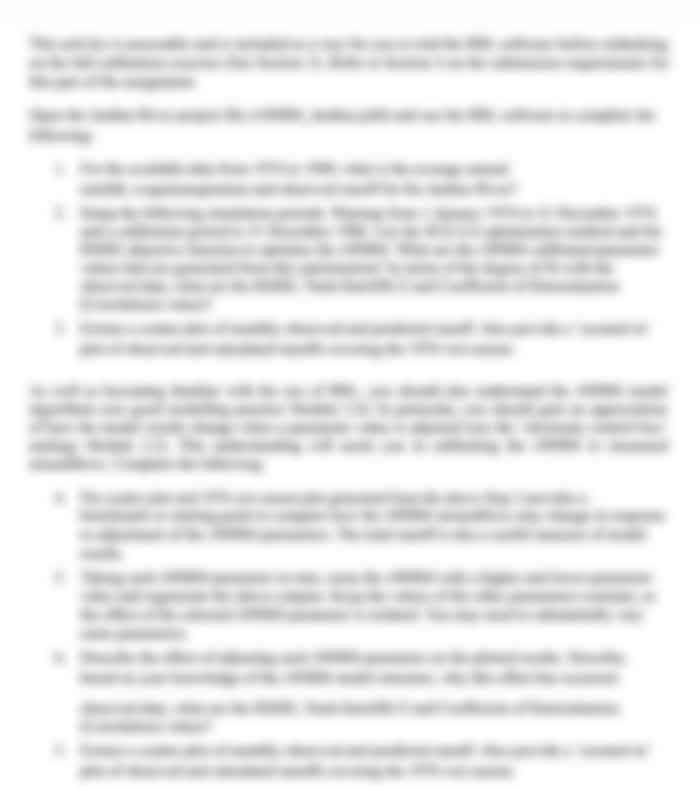Global Environment Essay Writing
Essay structure
You need to present a clear argument in your essay, and if you organise your ideas in a structured way, that will help to present your argument clearly. Youre trying to convince your reader of your position on the topic, so you need to make it as easy as possible for them to follow your argument. You cant convince someone of something they cant understand!
The time-honoured structure for an essay sounds simple introduction, body, conclusion. But what does each of those mean? What do you need to write in those sections?
Introduction
It may sound basic, but this is where you introduce the topic, the particular aspect of the topic you are focusing on, and the position you are going to argue in your essay. By the end of the introduction, your reader should be able to predict what kinds of points you are going to make. The reader should also be able to see clearly that you are addressing the assessment question or task.
Your introduction acts a bit like a train announcement (when you can hear them!). When you get on the train, you should hear an announcement of all the stations that train will stop at. If you get on at Strathfield to go to Penrith, you might hear:
This train is a Western Line service, stopping at Parramatta, Blacktown, Penrith, and Emu Plains.
That means its an express and wont stop at all the stations in between. So you wont be surprised when the train stops at Blacktown, but doesnt stop at Mt Druitt. In your introduction, you should prepare your reader for the rest of your essay so they dont get any big surprises.
The three essential elements of an introduction are a general statement, a thesis statement, and an outline.
The general statement is usually the first sentence, and you use this to ease the reader into thinking about the topic. Youve been researching the topic for a few weeks, but the reader is coming to it fresh. Out of all the possible topics that are out there, you need to help the reader get oriented to this particular topic and how it relates to the world in general.
The thesis statement is a statement of your argument. That means it will be more specific than the general statement, and it will narrow the scope of the essay. Out of all the different aspects of the topic that you could write about, this is the position you are taking and the aspects you will consider.
The outline gives the reader a preview of what points you will make as you argue your position. Its helpful if you put them in the same order as they appear in the body of your essay. Think of the confusion if the train announcement told people the stations all out of order!
You can think of these elements like a funnel or filter, working from broadest information to narrowest information; from the general to the specific. The outline then provides the launch pad for you to begin presenting your points in the body of your essay.
Body
In the body of your essay, you present each point in your argument in its own paragraph (or set of paragraphs, if its a longer point). Each paragraph should begin with a sentence signalling to your reader which point you are making in that paragraph. We call this a topic sentence.
Think back to the train example. When the train is approaching the next station (e.g. Parramatta), you get an announcement: This train will stop at Parramatta. This is the signal for passengers to know where they are up to on the train journey. The topic sentence makes a similar signal to your reader: This is where we are up to in my overall argument.
Its also good if you can link the point to the overall argument in your topic sentence. If youve done your introduction well, the reader should be able to look at the topic sentence of each paragraph and match them up to the points you signalled in your introduction. You should present the points in your essay in the same order you gave them in the outline in your introduction.
After the topic sentence, your paragraph should then have a sentence or two explaining the point in more detail, and at least one piece of evidence supporting the point. Your evidence might be a reference to scholarly sources or some research data.
Conclusion
Once youve covered each of your points in its own paragraph, you then conclude your essay by summarising the points youve made, reinforcing your overall argument. You shouldnt introduce any new information here, and in general you shouldnt need to quote or cite any references, as you are only summarising the content of your own essay.
The content of the conclusion will be similar to your introduction, but it has a different purpose rather than introducing the reader to your argument, you now have the opportunity to make a final convincing summary of what you have just said and why its valid. This means your conclusion should NOT just be your introduction restated.
When the reader reaches your conclusion, it should be very clear to them that this is the end of your argument. Theyve been reminded of all the good points you made and what your overall argument was. They havent encountered any new information that would make them expect there is another paragraph to read.
Going back to the train announcement analogy, this is where the announcement says, This train will terminate here. All out, all change! Although you wont use these words in your essay (or anything similar like the end), you still need to use words in a way that signals closure.

